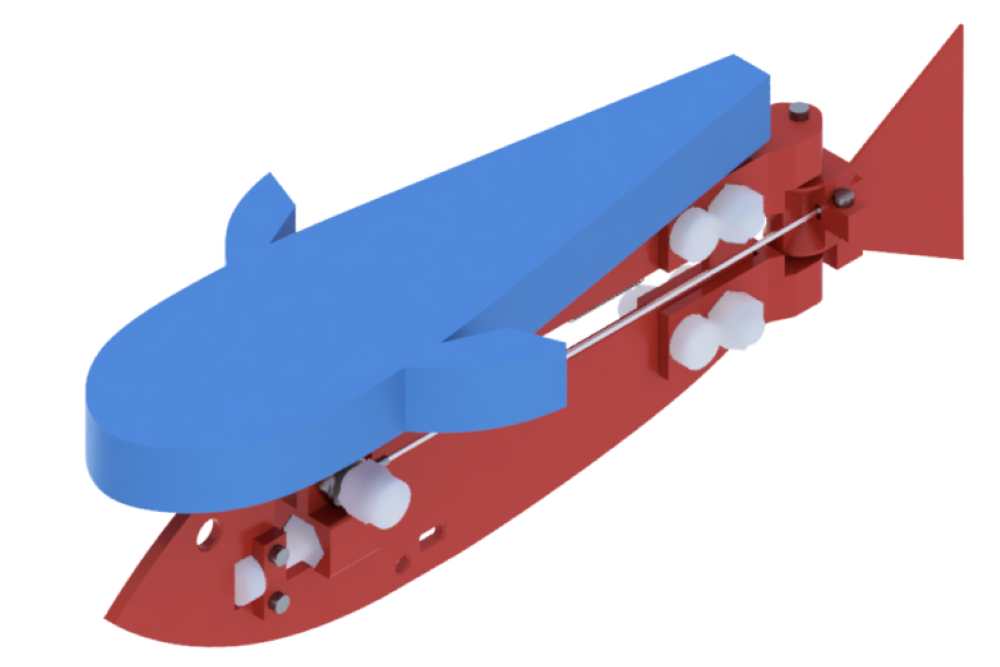Robot fish could make underwater exploration more accessible – study
The mechanism works by contracting like muscles when heated, converting the energy into mechanical motion.

A robot fish designed by UK scientists could make underwater exploration more accessible, a study suggests.
The device is fitted with a twisted and coiled polymer (TCP) to drive it forward.
According to a new study, this is a lightweight low-cost device that relies on temperature change to generate movement, which also limits its speed.
The mechanism, designed by scientists at the University of Bristol, works by contracting like muscles when heated, converting the energy into mechanical motion.
This is really exciting as it opens up more opportunities of TCP application in different areas
The TCP in the fish is warmed by Joule heating – where the passage of current through an electrical conductor produces thermal energy and heats up the conductor.
By minimising the distance between the TCP on one side of the robot fish and the spring on the other, this activates the fin at the rear, enabling the robot fish to reach new speeds.
The flapping of its rear fin was measured at a frequency of 2Hz, two waves per second, and the frequency of the electric current is the same as the frequency of tail flap.
The robot is 224mm long including a 30mm long caudal fin, and weighs 49.7g with the float.
Lead author Tsam Lung You from Bristol’s department of engineering mathematics said: “Twisted and coiled polymer (TCP) actuator is a promising novel actuator, exhibiting attractive properties of lightweight, low-cost high energy density and simple fabrication process.
“They can be made from very easily accessible materials such as a fishing line and they contract and provide linear actuation when heated up.
“However, because of the time needed for heat dissipation during the relaxation phase, this makes them slow.”
He added: “Our robotic fish swam at the fastest actuation frequency found in a real TCP application and also the highest locomotion speed of a TCP application so far.
“This is really exciting as it opens up more opportunities of TCP application in different areas.”
The researchers suggest their findings, published at the 6th IEEE-RAS International Conference on Soft Robotics, show the possibility of using TCPs at high frequency in water.
So far, TCPs have been mostly used for applications such as wearable devices and robotic hands.
But the researchers say their work opens up more areas of application, such as marine robots for underwater exploration and monitoring.
Bookmark popover
Removed from bookmarks